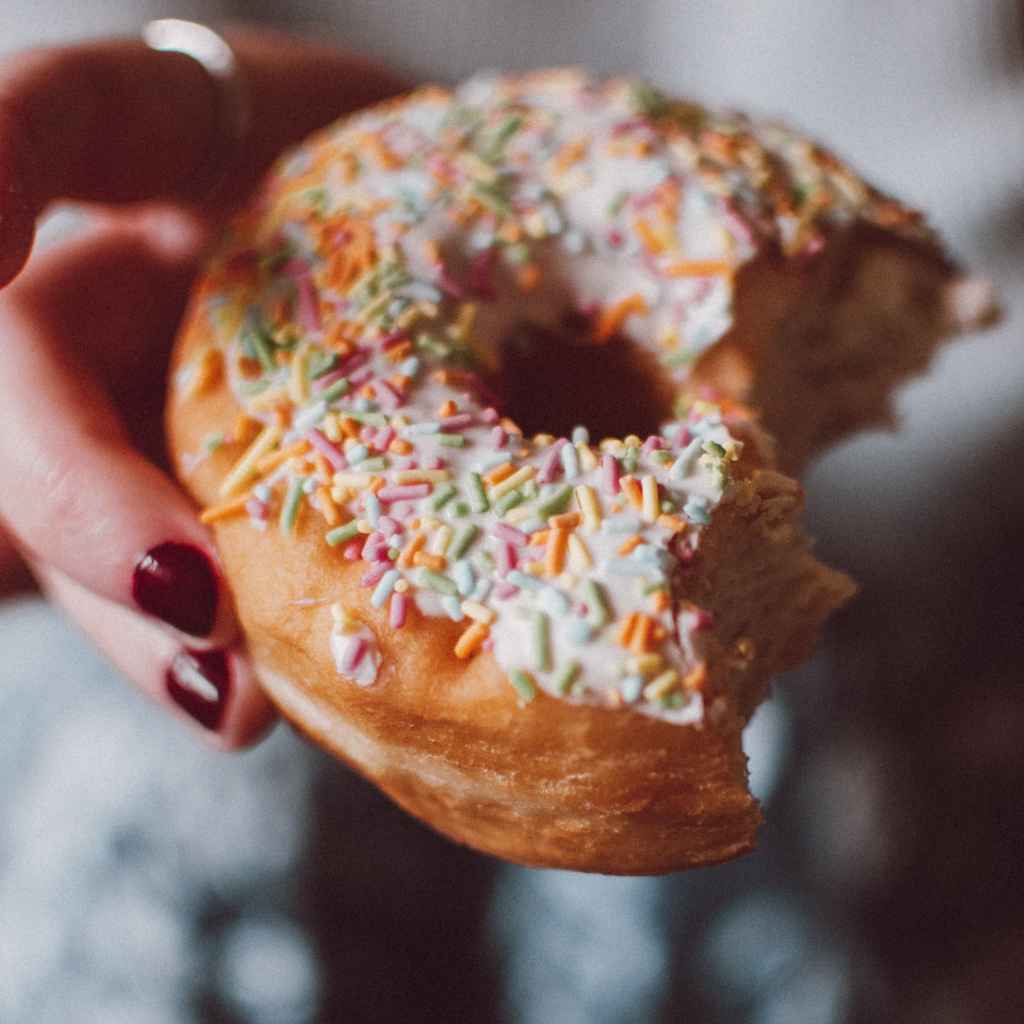I first became curious about intermittent fasting after putting on an extra five pounds. I’ve always been comfortable with my weight, so I had limited experience in trying to lose it. I liked that intermittent fasting – in which you simply eat within a set window (usually six to 12 hours) and fast for the remainder of the day – didn’t have a lot of complicated rules. You don’t have to count calories or cut out any specific foods, for example. Plus, the idea that fasting could help your body more easily burn stored fat didn’t seem far-fetched, especially since it had worked for several friends.
There was only one problem: I was accustomed to eating every two to three hours during the day. If I pushed it to fours hours without a snack, I felt sluggish and lightheaded. Naturally, I was concerned that intermittent fasting wouldn’t be a good fit, but I decided to give it a try.
After reading up on intermittent fasting, I started with a small fasting window and gradually lengthened it, drinking plenty of water and black coffee to power through. But while I was able to stretch my fasting window, I didn’t lose any weight. I also noticed that I sometimes felt headache-y after breaking my fast. Perplexed, I turned to an intermittent-fasting community on Facebook, hoping to find someone who had been in my shoes.
The experienced fasters wanted to know what I was eating, which was simple enough. I stuck mostly to my favorite foods: bread, pasta, and cookies. Wrong answer. Everyone immediately suggested I cut down on sugar and refined carbs (which turn into sugar in the body), switching them out for more dense proteins and fats like eggs, salmon, avocado, and yogurt. They explained that my headaches were likely due to a spike in blood sugar after my fast. They also suggested exercising during my fasting window to help me start losing weight.
Related: I Decided to Cut Out Added Sugars, Thinking I Didn't Eat That Many Anyway – I Was Wrong
As soon as I followed their advice and changed what I was eating, I dropped the weight I wanted to lose, and more importantly, I felt amazing. I had lasting energy for the first time in years, and I no longer experienced lightheadedness, even during longer fasting periods. It was even feasible to exercise during my fast, and as long as I was properly hydrated, I actually felt stronger and more powerful during my workouts than ever before.
Turns out, I had been confusing sugar cravings with hunger for most of my life.
Turns out, I had been confusing sugar cravings with hunger for most of my life. I had no idea that what I thought were moments of hanger were actually dips in my blood sugar. I thought it was normal to feel that crash and reach for another snack, but in reality, I was addicted to sugar, whether it came from sweets or refined carbs.
Sugary cereal, macaroni and cheese, peanut butter and jelly sandwiches, and chocolate chip cookies had been pillars in my diet for almost 30 years. And in that time, I lost touch with what hunger actually feels like. I thought I was hungry when I felt fuzzy and agitated, but because I ate in those moments, I never felt the growl or tightness in my stomach that signals hunger. Intermittent fasting helped me relearn my hunger cues, so now I can eat intuitively and feed my body what it needs when it needs it.
After trying out a few weeks of intermittent fasting, I’ve settled into a new normal. I eat a variety of foods throughout the day, but I don’t snack at night anymore. I’m not overly strict about my sugar intake, but I’m much more aware of what I eat and whether it’s really serving my body. And I feel better than ever.

